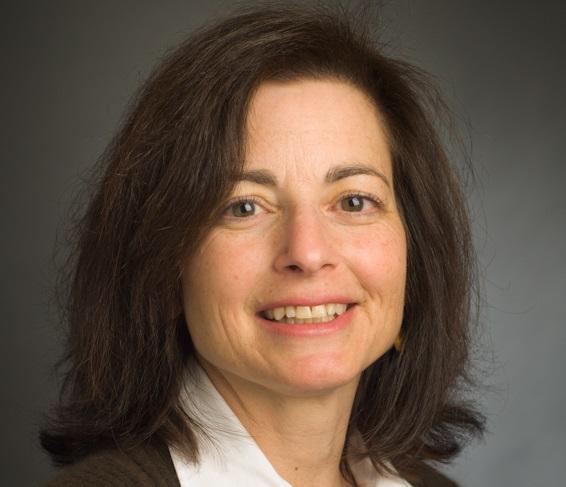Childhood Cancer Survivors, Providers Satisfied with Video Visits for Long-term Follow-up
When the COVID-19 pandemic limited in-person medical checkups last year, Dana-Farber/Boston Children’s Cancer and Blood Disorders Center, for the first time, offered video visits for long-term follow-up appointments for childhood cancer survivors. Due to the pandemic, virtual visits were adopted widely throughout the healthcare world, without much data on how effective they would be as a substitute for in-person encounters.
The Dana-Farber/Boston Children’s researchers, reporting on what may be the first study to assess the feasibility and receptiveness to virtual visits in childhood cancer survivorship, say that health care providers, patients, and parents were highly satisfied with the video encounters and many would like the emote option for future visits. The satisfaction level was high even while providers said not being able to examine patients physically was a drawback.
Most patients and their families were receptive to the opportunity to have their annual visit via teleconferencing, says Lisa Kenney, MD, a pediatric oncologist in the David B. Perini Jr. Quality of Life Clinic for Childhood Cancer Survivors at Dana-Farber. Even without the pandemic restrictions, barriers to in-person follow-up visits existed, such as patients or families having to miss school or take a day off work, says Kenney. Survivors of childhood cancers are advised to have lifelong checkups for cancer-related health issues and to learn about potential future health risks.
A report on the study of video conferencing, is published in the journal Pediatric Blood and Cancer. Kenney is the first author, and Christopher Recklitis, PhD, also of the Dana-Farber Perini clinic, is senior author.
The study team collected data from medical providers who conducted 94 virtual visits from April to June 2020, as well as satisfaction surveys from 38 patients who participated in a virtual visit.
Most patients had been treated for blood cancers as children. The majority in the study were aged 18 to 29, though 11 were younger and 12 were older than 30. About one-third of the patients were classified by providers as at low-risk for treatment-associated complications; another third were moderate risk and the remaining third at high risk.
Kenney, who conducted some of the virtual visits, said that during the COVID-19 pandemic, “video visits gave us the opportunity to check in with our patients and continue to provide survivorship care including ongoing assessment for possible long-term complications of cancer treatment and patient education about health risks and prevention. The main differences between the video conference and the in-person visits was not having information from the physical examination and not having results of laboratory tests or imaging available at the time of visit. This information is routinely used in survivorship care to monitor patients’ health.”
Kenney added, “If the video visit raised a concern about a physical finding, we would have the patient see their local primary care doctor, come to the cancer center for urgent in-person care, or if necessary, go to the emergency room. However, this was rarely the case.”
While providers said that in about half of their encounters their clinical objectives weren’t met because of not having a physical exam, 37% of providers said they were “completely satisfied” and 49% were “very satisfied” with the encounters.
As for the patients and/or their parents or guardians, 61% said they were completely satisfied and 34% were very satisfied. In addition, 66% said the virtual visit was nearly as helpful as an in-person visit and 82% expressed a preference for virtual visits either in combination with in-person appointments or as a substitute for all or nearly all in-person encounters. “Given that this was our first experience delivering care to survivors using virtual visits, we were pleasantly surprised to see that patients want this service to continue in the future,” Recklitis said.
At a time when the COVID-19 pandemic has rapidly compelled medical providers to provide care by virtual visits, there has been little opportunity to study its effectiveness. With this, one of the first studies of virtual visits with childhood cancer survivors, the researchers see the results as supporting use of virtual visits for long-term follow-up care of when in-person visits are restricted.
The study authors added that further studies are needed to explore ways of enhancing virtual care for survivors, including hybrid care with physical exams and laboratory testing done by primary care providers and virtual care that incorporates remote examination technology.
The research was supported by the Swim Across America Foundation.
Media Contacts
If you are a journalist and have a question about this story, please call 617-632-4090 and ask to speak to a member of the media team, or email media@dfci.harvard.edu.
The Media Team cannot respond to patient inquiries. For more information, please see Contact Us.
